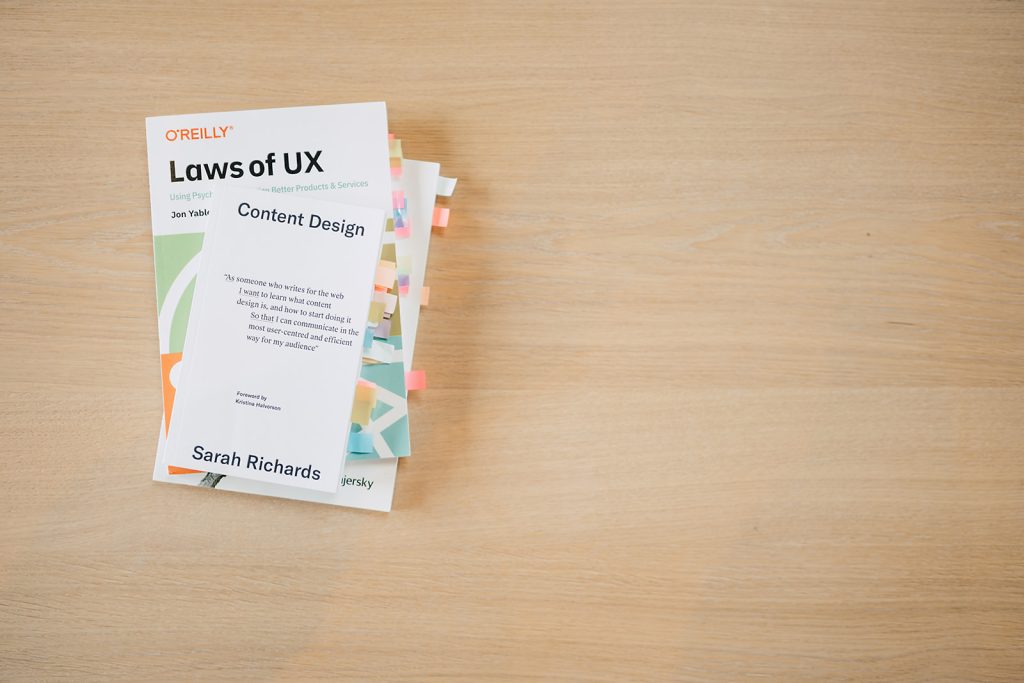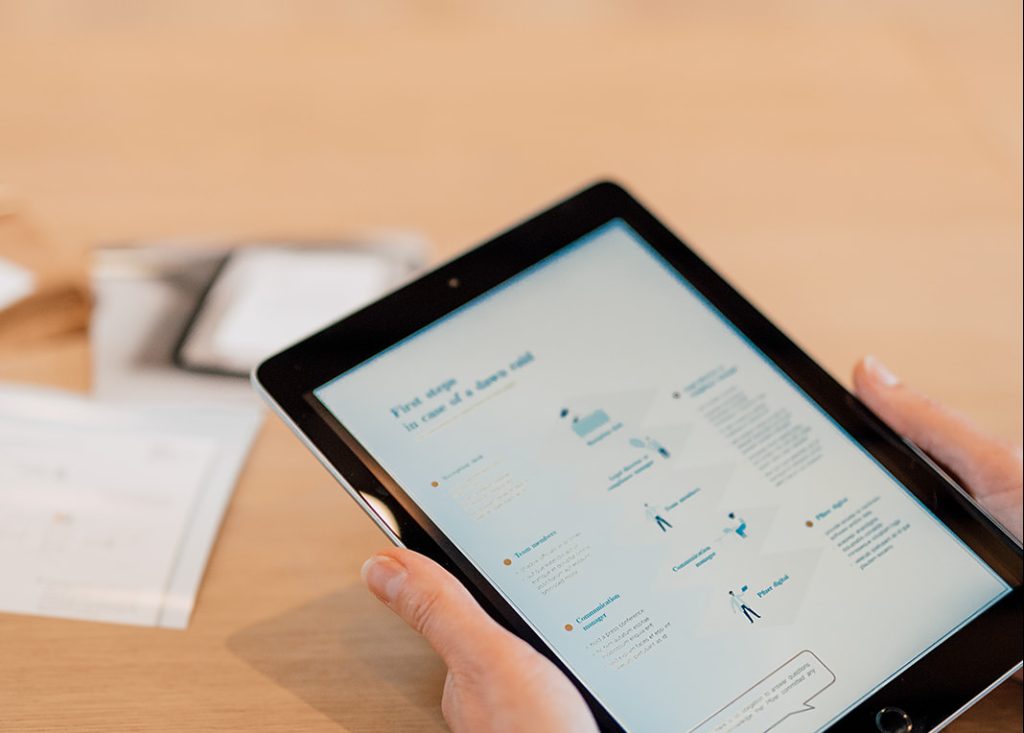
Aclara > How law and design differ – and how they are alike
Design takes a user-centred (or human-centred) approach that is different from law. Human-centred design is about investigating human problems and coming up with human solutions. So how is this different from law? That’s what we’ll explore in this post.

Legal design aims to reimagine how legal services and the legal system should be. The design mindset, skills and methodologies provide a framework for understanding users’ needs and helping them to articulate their latent needs.
In short, design thinking is a human-centred, creative problem-solving approach. Applying design thinking methodologies can create a meaningful change in law and the delivery of legal services. The legal system and legal services can thrive by bringing together analytical, critical and creative thinking.
Key to this approach (and its success) are experimentation, empathy, and vulnerability. As these are not common concepts in law, let’s explore these a bit.
The design process is different from lawyers’ work processes in some ways.
Experimentation forms a vital part of the design process. No solution comes in a straight line from problem to result. Experimentation is key to finding the right solution for the right problem.
In the ideation and prototyping phase of the design process, experimentation is the core theme. Generating new ideas and discussing how to materialise concepts are necessary ways of experimentation.
Experimentation forms a vital part of the design process. No solution comes in a straight line from problem to result.
‘Failing’ is not in many lawyers’ vocabulary. In design, ‘failure’ isn’t negative; it’s a step in improving the design. Many lawyers were trained to strive for perfection and only deliver their work when it’s perfected. On the other hand, design sees the process of experimentation as vital to achieving the best results.
Many lawyers show empathy for their client’s interests, but empathy isn’t necessarily leading how lawyers deliver their work (in written advice, contracts, or other documents).
Empathy in this context does not only mean putting yourself in each other’s shoes or feeling their needs. It also implies curiosity about their being, patterns and latent biases, and subsequently tailoring your work towards their needs.
In short: it’s not enough to be empathetic; you need to level the way you deliver your services with what your client needs and how they need it.

Asking for feedback, in general, is not a lawyer’s strength (yes, I dared to say this). I feel that with the individual nature of the lawyer – in litigation reinforced by the adversarial system – taking on a leadership image is rewarded most within the organisation. I’ve also experienced that lawyers tend to point out ‘mistakes’ more than they give praise, making getting feedback a negative experience.
Asking for feedback, in general, is not a lawyer's strength.
Testing is not the same as asking for feedback, by the way. Asking for feedback from your peers will likely get you superficial answers that don’t necessarily lead to insights on how to improve your design.
Testing means users will use your design, by looking at it, interacting with it, or pushing buttons, for example. Designers or design researchers will ask to perform specific tasks and observe and analyse these interactions. However, I believe that asking for feedback and testing a design feels similar for lawyers in the sense that you open yourself up for input on your work’s performance.
Testing a design means vulnerability. Do the users understand the design? Does the design function as intended when used by actual people? You’re opening yourself up to other people’s experiences and opinions about your work, which requires a non-judgemental attitude. Lawyers can learn from designers that insights from testing – similar to feedback on written documents – are valuable and should be benefited from.

From my own experience, I can say that lawyers and designers have some things in common, too.
Detail-oriented
Both lawyers and designers are detail-oriented. Where a lawyer can meticulously comb through dozens of pages to find the one exact word that constitutes a breach of contract, a designer knows how slight placement changes in a user interface can mean the difference between a successful transaction or abandoning an onboarding process. Noticing a minor detail when observing users interacting with their design may be the golden ticket to a breakthrough. Both lawyers and designers know that everything is in the details.
Research
Another thing lawyers and designers have in common is basing their work on (academic) research. Lawyers don’t make up laws, they research legislation and legal doctrine. Designers apply researched design techniques based on design theory, psychology and behavioural science. And finalised designs were researched in terms of user profiles, user journeys, and usability, amongst many other techniques.
Social engagement
Lastly, I believe lawyers and designers are alike in wanting to make a difference. Talking to many lawyers and designers, I regularly notice the social engagement in both. They want to make a difference for people who need it most. Sure, some are more commercially driven, but many try to improve people’s lives, society or environment in one way or another. I’ve seen many designers and lawyers going the extra mile for their clients because they want the most helpful result for them and society as a whole.
I believe we are only at the beginning of exploring our common ground. What parallels or differences do you see? What do you as a lawyer learn from designers – and vice versa? Reach out to me and share your experience!

Anna Posthumus Meyjes is a legal designer based in Amsterdam, the Netherlands. She brings creativity, design and a user-centred approach to law. Anna worked as an attorney-at-law in an international litigation practice for ten years before founding a legal design agency, Aclara Legal Design. Aclara Legal Design provides legal design products and services that improve communication and usability of legal information and services.